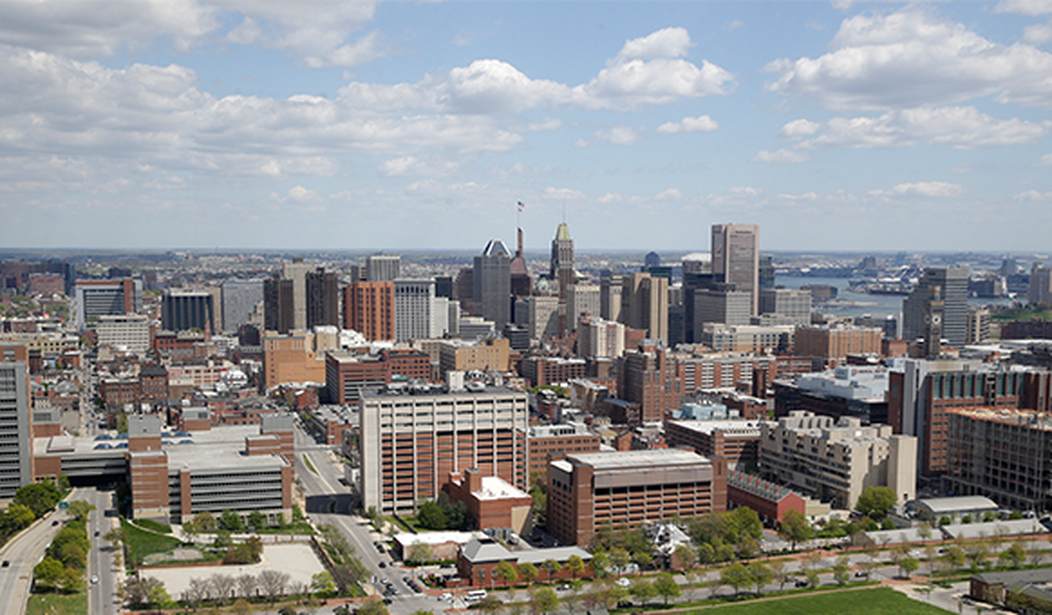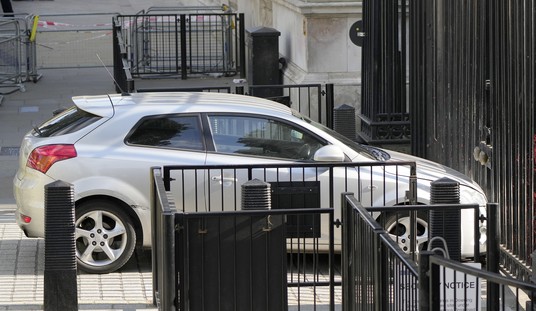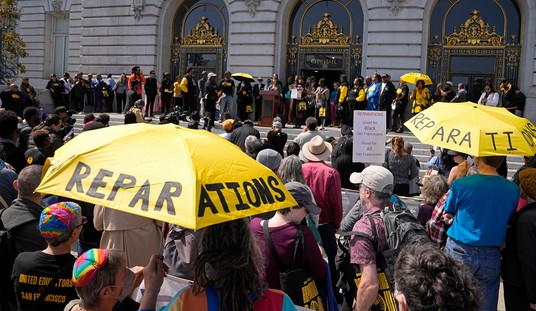Back in April 2015, a young black man named Freddie Gray was arrested by the Baltimore Police Department. He'd run from the police, had an illegal knife in his pocket and resisted arrest. The police loaded him into the back of the van but allegedly failed to secure him in place. During the ride to the police station, the van's movement apparently caused Gray to slam his head into one of the walls, resulting in his death.
Given the furor surrounding the deaths of Eric Garner in New York City in July 2014 and Michael Brown in Ferguson, Missouri, in August 2014, among other high-profile deaths of young black men in confrontations with the police, Gray's death quickly spiraled into a national story. Many in Baltimore accused the police of racism and murder.
After Gray's funeral, protests morphed into riots, with 113 police officers injured, 486 people arrested, and serious looting and burning. The mayor of Baltimore at the time, Stephanie Rawlings-Blake, bragged that she had given "space" to "those who wished to destroy." National conversations began over the legacy of racism in Baltimore.
Most of these conversations failed to note that at the time of the incident, the mayor of Baltimore was black; the majority of the city council was black; the police chief was black; the prosecutor against the police was black; three of the charged officers in Gray's case were black; the congressman for the district was black; the president of the United States was black; and the attorney general of the United States was black.
Then, after all of these profound conversations, everything returned to normal in Baltimore: Violent, poverty-stricken, drug-infested (the term "drug-infested" is, by the way, the phraseology of Rep. Elijah Cummings circa 1999, not of President Trump). As of 2018, Baltimore had the highest murder rate of any major American city. That same year, PBS ran a documentary called "Rat Film" about the infestation problem in Baltimore.
Recommended
Meanwhile, Rawlings-Blake decided not to run for reelection; she had replaced Mayor Sheila Dixon, who had been ousted from office after an embezzlement conviction. Rawlings-Blake was followed by Mayor Catherine Pugh, who resigned amidst allegations of corruption.
The cycle of failure in Baltimore continued.
Then President Trump decided to use Baltimore's failures of governance as a club to wield against Cummings. This was obviously a convenient brickbat: Trump was not proposing a plan for Baltimore or suggesting solutions. But the media determined that Trump's verbiage wasn't merely boorish but racist -- and they suggested that Baltimore is, in fact, a thriving urban success. This, of course, is Trump's gift: Anything he touches becomes toxic to Democrats, while anything he criticizes becomes golden.
But when all this is said and done, will Baltimore be any better off?
We all know the answer to that question. The situation in Baltimore requires real solutions, not jabber from either side. Obfuscating Baltimore's problems because Trump put his finger on them doesn't help Baltimore any more than ignoring Baltimore's problems because Democrats govern it. And simply calling out those problems without providing a solution doesn't help Baltimore, either.
Ben Shapiro, 35, is a graduate of UCLA and Harvard Law School, host of "The Ben Shapiro Show" and editor-in-chief of DailyWire.com. He is the author of the No. 1 New York Times bestseller "The Right Side Of History." He lives with his wife and two children in Los Angeles.
























Join the conversation as a VIP Member